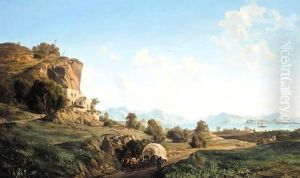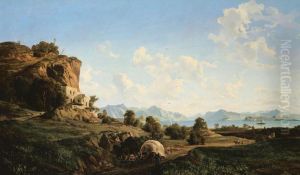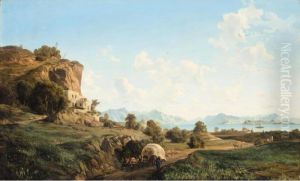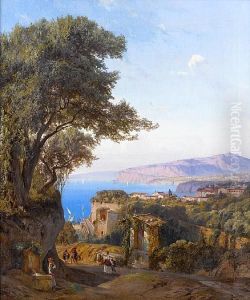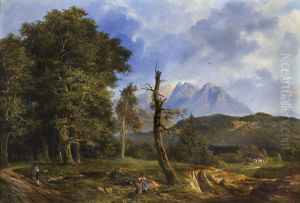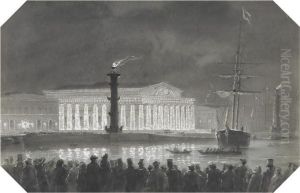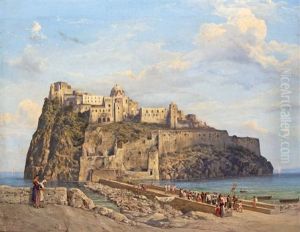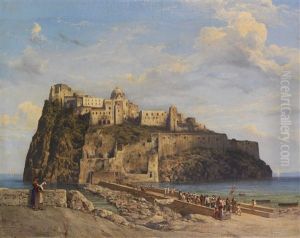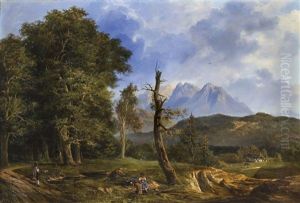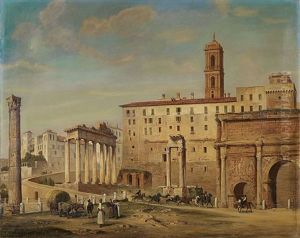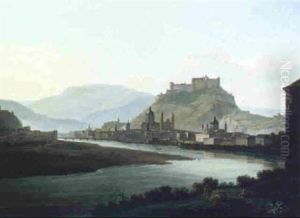Ludwig Franz Karl Bohnstedt Paintings
Ludwig Franz Karl Bohnstedt was a German architect and painter born on March 27, 1822, in St. Petersburg, Russia. Born to German parents, Bohnstedt grew up in an environment that was conducive to his early interest in the arts. Despite his birth in Russia, he is often associated with German art and architecture due to his ethnic background and professional contributions that were largely centered in Germany.
Bohnstedt initially studied architecture at the Academy of Arts in St. Petersburg. His talent and interest in the subject matter were evident from an early age, and he continued to develop his skills with a focus on a classical approach. In 1842, he relocated to Germany to further his studies at the Bauakademie in Berlin, where he was influenced by the prevailing neoclassical architectural trends of the time.
Throughout his career, Bohnstedt made significant contributions to the field of architecture. He became known for his designs of public buildings, churches, and private residences. His architectural style often incorporated elements of Classicism and Renaissance Revival, which were popular during the mid-19th century. Bohnstedt's work was marked by a keen attention to detail, harmonious proportions, and a clear respect for traditional architectural principles.
In addition to his architectural work, Bohnstedt was also a proficient painter, although this aspect of his career is less documented and celebrated than his architectural achievements. His paintings, like his buildings, were likely influenced by classical themes and techniques, reflecting the academic art training of the period.
Ludwig Franz Karl Bohnstedt's career was not only about creating his own work; he was also involved in academic circles. He held a teaching position at the Grand Ducal Saxon Art School in Weimar from 1860 to 1876, where he influenced a generation of architects and artists. His role as an educator helped disseminate his architectural philosophy and style.
Bohnstedt's life and career spanned a period of significant change in Europe, from the revolutions of 1848 to the unification of Germany in 1871. These historical events likely impacted his work and the context within which he operated as an architect and artist. Ludwig Franz Karl Bohnstedt passed away on December 6, 1885, in Gotha, Germany, leaving behind a legacy of architectural works that continue to be studied and appreciated for their classical beauty and historical significance.
